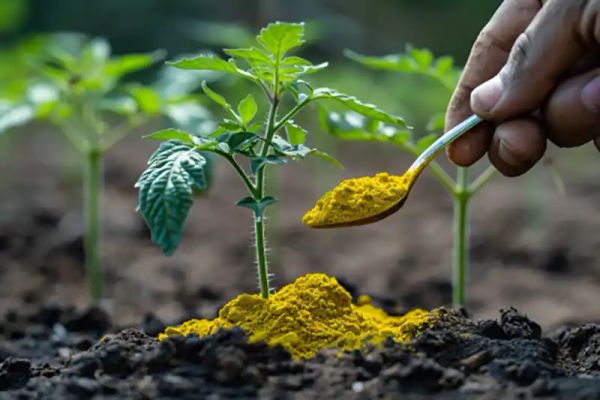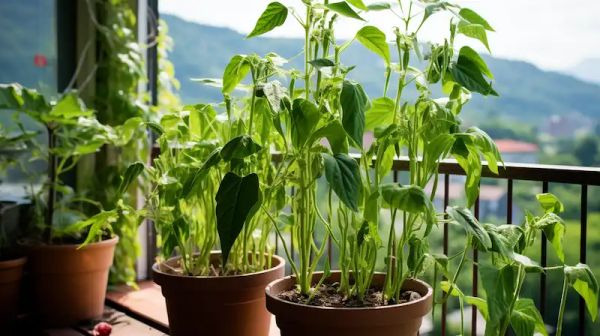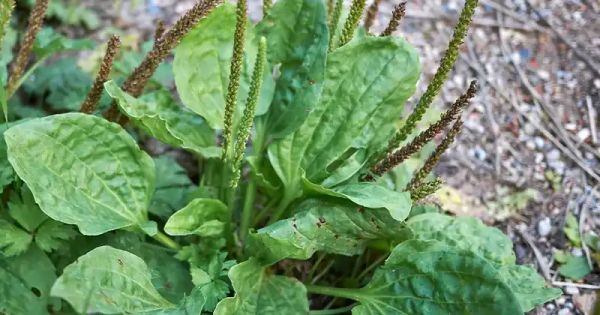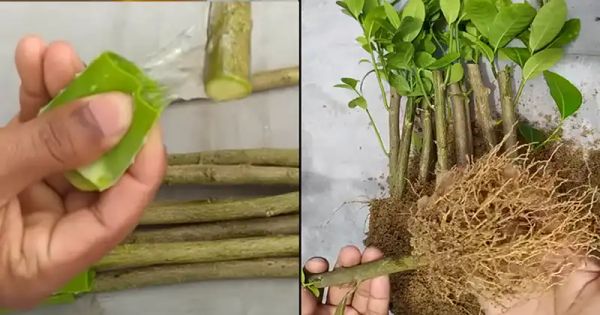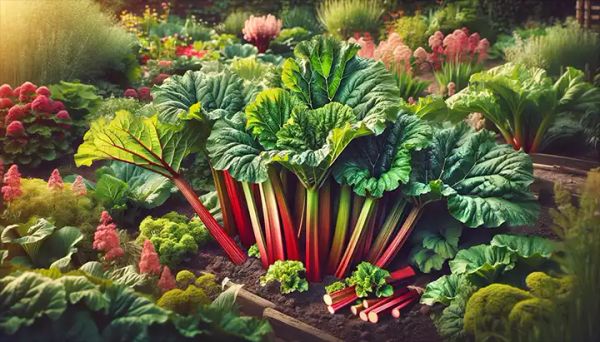
Rhubarb is an amazing plant known for its tart stalks, but did you know that its large leaves can also be put to good use? Although they are inedible due to their high oxalic acid content, rhubarb leaves can be repurposed in various ways around your home and garden. Let’s explore how you can safely and effectively utilize these leaves.
1. Natural Pest Repellent
Rhubarb leaves can be transformed into a powerful organic pest repellent, particularly helpful in keeping aphids and cabbage worms at bay. Here’s how you can make it:
Steps:
 Boil Leaves: Simmer a few rhubarb leaves in water for about 20 minutes.
Boil Leaves: Simmer a few rhubarb leaves in water for about 20 minutes.- Cool and Strain: Allow the mixture to cool, and then strain the liquid.
- Dilute and Spray: Dilute the rhubarb liquid with water (1 part rhubarb liquid to 3 parts water) and use it as a spray on the affected plants.
2. Compost Accelerator
Due to their high nitrogen content, rhubarb leaves are excellent for speeding up the decomposition process in your compost pile. Follow these steps to use them effectively:
Steps:
- Chop Leaves: Cut the leaves into smaller pieces.
- Mix with Compost: Add these pieces to your compost bin, ensuring you balance them with carbon-rich materials like dry leaves or newspaper.
3. Weed Control Mulch
If you’re looking for a natural way to suppress weeds, rhubarb leaves can be used as a biodegradable mulch. Here’s what to do:
Steps:
- Spread Leaves: Lay whole or chopped rhubarb leaves around your plants.
- Water: Remember to water the leaves to aid in their breakdown and create a barrier against pesky weeds.
4. Cleaning Agent for Pots and Pans
The acidic properties of rhubarb leaves can help you remove tough burnt residue from your pots and pans. Try this simple method:
Steps:
- Boil Leaves in Pot: Add a few leaves to a pot filled with water, and let it boil.
- Scrub: After boiling for a few minutes, use the mixture to scrub away the stubborn residue.
5. Natural Dye
Unleash your creativity by using rhubarb leaves to make natural dyes for fabrics or craft projects. Follow these easy steps:
Steps:
- Boil Leaves: Simmer the leaves in water to extract the dye.
- Strain and Use: Strain the liquid and use it to dye fabrics or enhance your craft projects.
6. Plant Health Check

The rapid decomposition of rhubarb leaves can provide valuable insights into the health of your soil. Here’s how you can conduct a simple test:
Steps:
- Observe Decomposition: Place a rhubarb leaf in the soil and monitor how quickly it decomposes. A faster breakdown indicates healthy soil microbial activity.
Remember Your Safety
It’s important to note that rhubarb leaves contain oxalic acid, which can be toxic if ingested. Always wear gloves when handling them, and ensure they are never used in a way that could be consumed by humans or animals.
Rhubarb leaves, often seen as waste, have incredible potential around your home and garden. From being a natural pest repellent to a compost accelerator, these leaves offer eco-friendly solutions, helping you embrace sustainability in your everyday life. Just remember to handle them with care due to their toxic nature. With these innovative uses, rhubarb leaves can become an invaluable resource for any gardener or homeowner.
